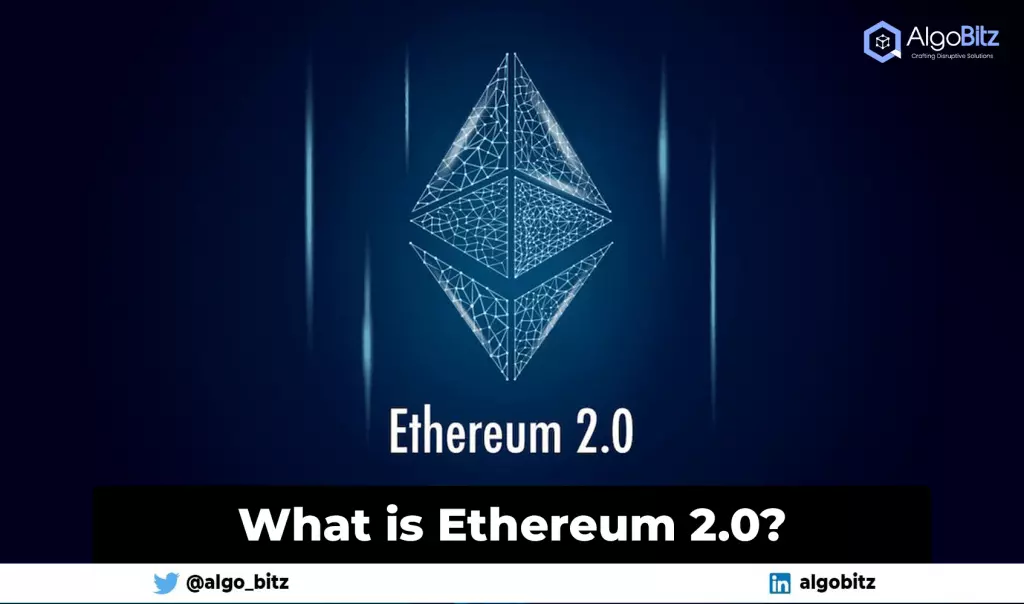We have been hearing a lot about Ethereum 2.0. The Ethereum blockchain has upgraded to Ethereum 2.0, often known as Eth2 or Serenity. The upgrade enhances the Ethereum network’s speed, efficiency, and scalability to execute more transactions and alleviate bottlenecks. Sources say that, it is not some new network but an upgrade to the previous one.
Ethereum 2.0 was released in stages, with the first, known as the Beacon Chain, which arrived online on December 1, 2020. The Beacon Chain adds native staking to the Ethereum blockchain, an integral feature of the network’s transition to a PoS consensus process. A distinct blockchain from the Ethereum main net, as the name implies.
The second phase, named the Merge, will merge the Beacon Chain with the Ethereum main net in the first or second quarter of 2022.
Shard chains will be the final phase, and they will be essential in growing the Ethereum network. Instead of settling all transactions on a single blockchain, shard chains disperse them across 64 different chains.
How is Ethereum 2.0 different?
1. Proof of Stake consensus Technique
Ethereum 2.0 uses the Proof of Stake consensus technique. Validators, unlike miners, are employed to verify and validate a transaction in Ethereum 2.0’s Proof of Stake consensus technique. They are given time to evaluate the transactions or cryptos. Validators in Ethereum 2.0 claim to see the block, which is put into a chain of blocks and is compensated in ETH2.
2. Sharding
The upcoming improvements will also add a processing mechanism known as sharding to increase Ethereum’s efficiency and ability to scale. In the present version of the blockchain, every data contributed to the chain shall be verified by all participating nodes. This indicates that the system’s overall processing speed is constrained by the slowest participant. It causes a bottleneck, raising transaction costs and slowing throughput.
3. Scalability
Scalability is one of the chief factors for the upgrade. The Ethereum network can only manage about 30 transactions per second, in case of delay and congestion. Up to 100,000 transactions per second in Ethereum 2.0. Shard Chains shall be installed to achieve this increase.
Assuming that all of the stages go perfectly, the new Ethereum 2.0 should emerge from the transition in a solid position to finally put an end to Bitcoin’s long reign as the king of cryptocurrencies. It will be a reliable system with fewer scaling challenges and a more comprehensive feature set than its main competitors. Only time will tell if the release of the update signals the start of a new blockchain era, but one thing is that Ethereum – and the cryptocurrency space as a whole – is entering a new era.







